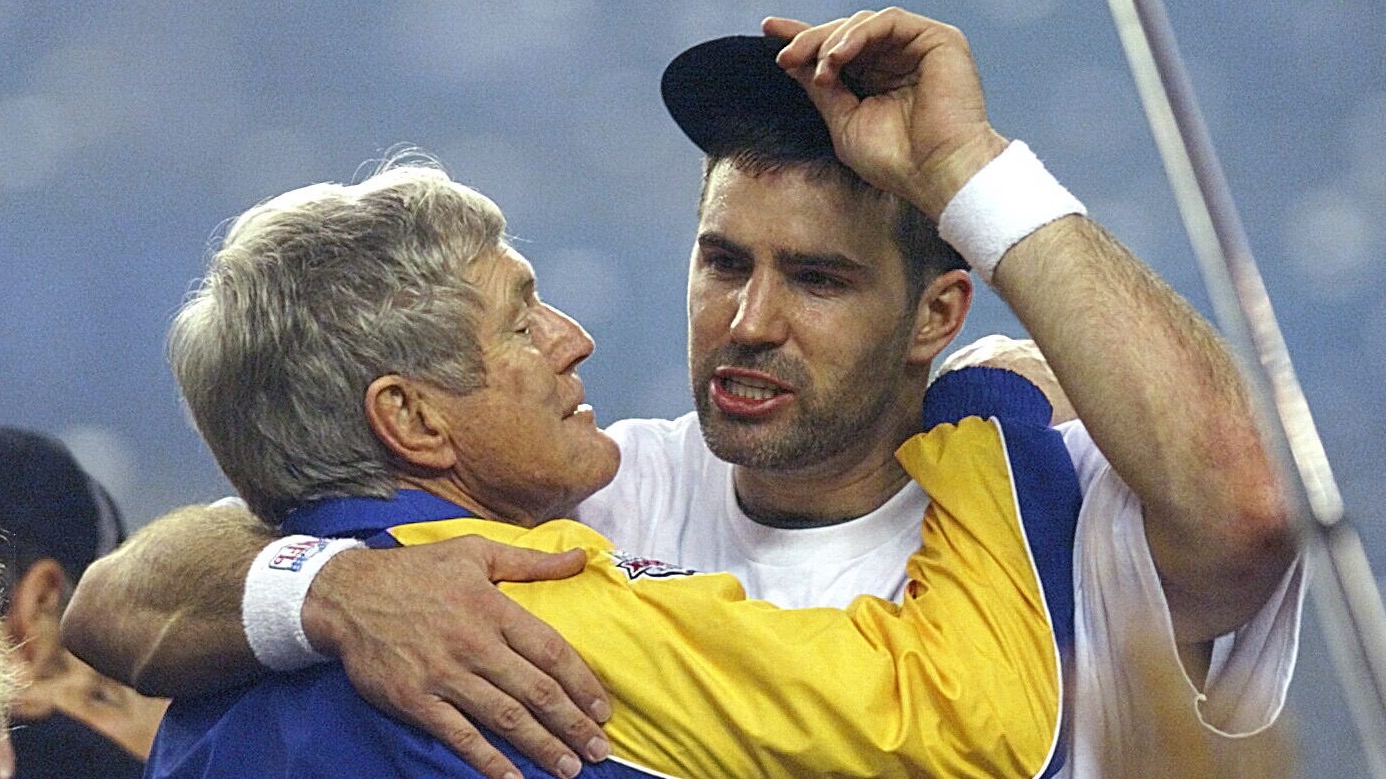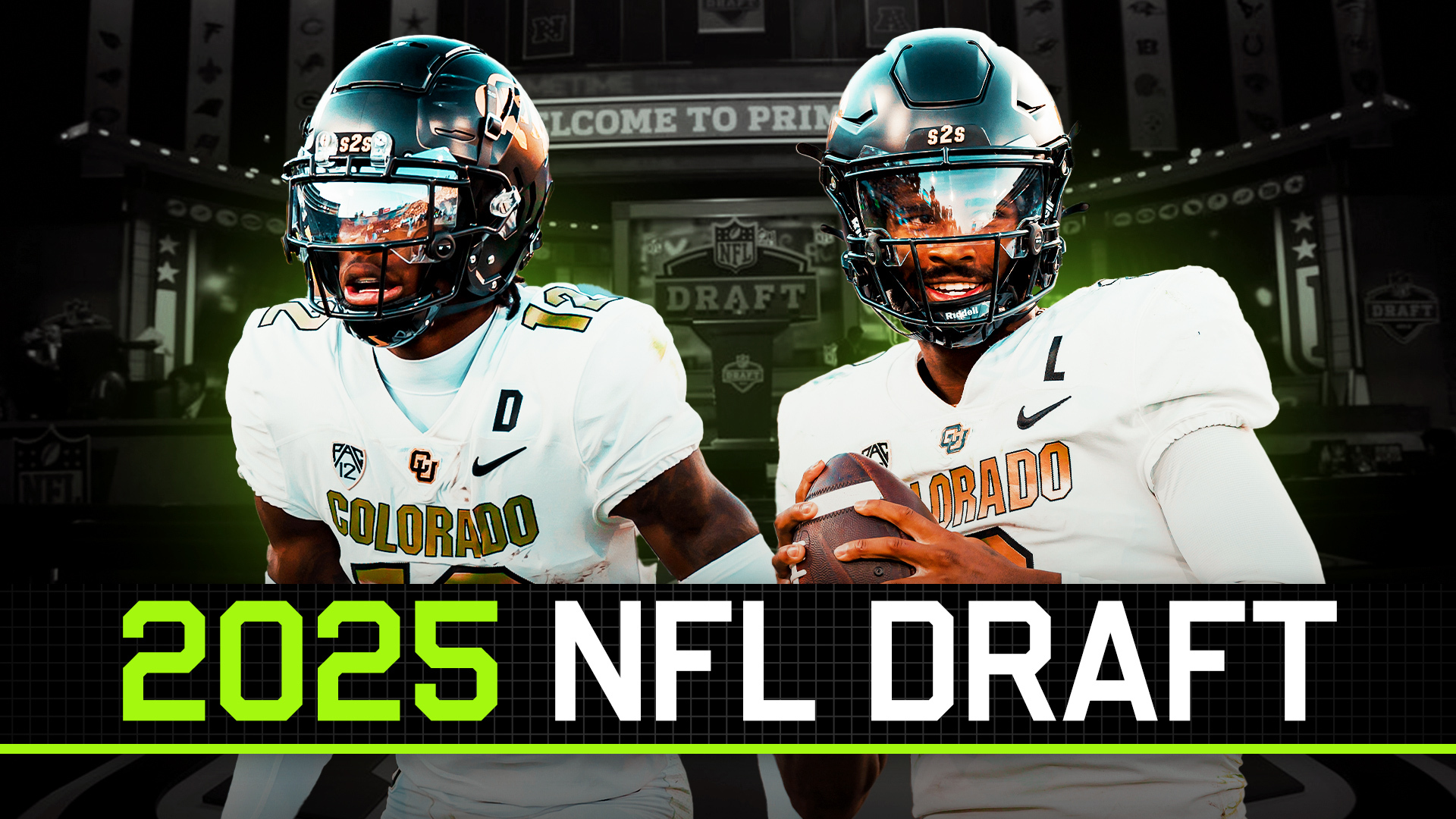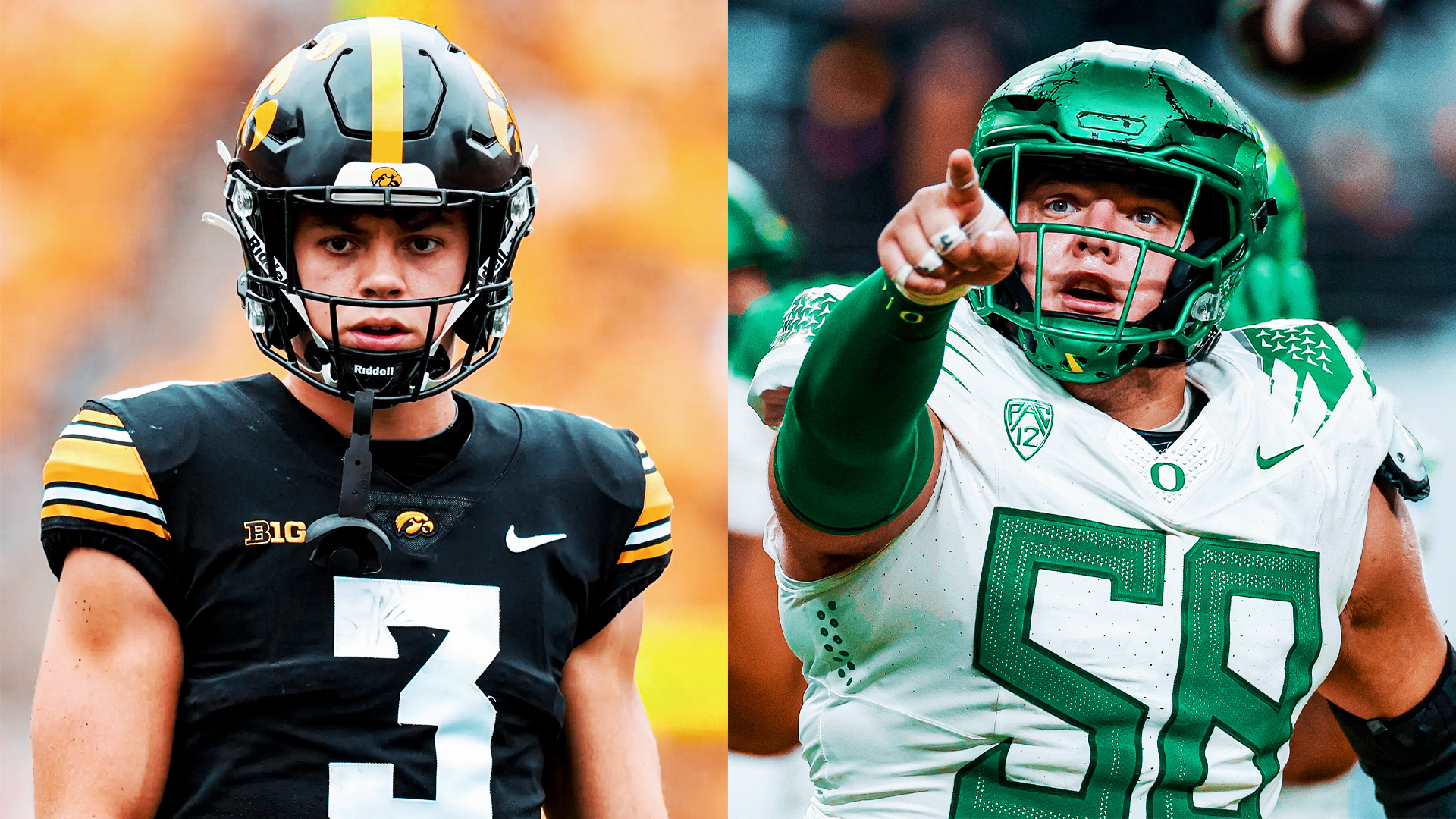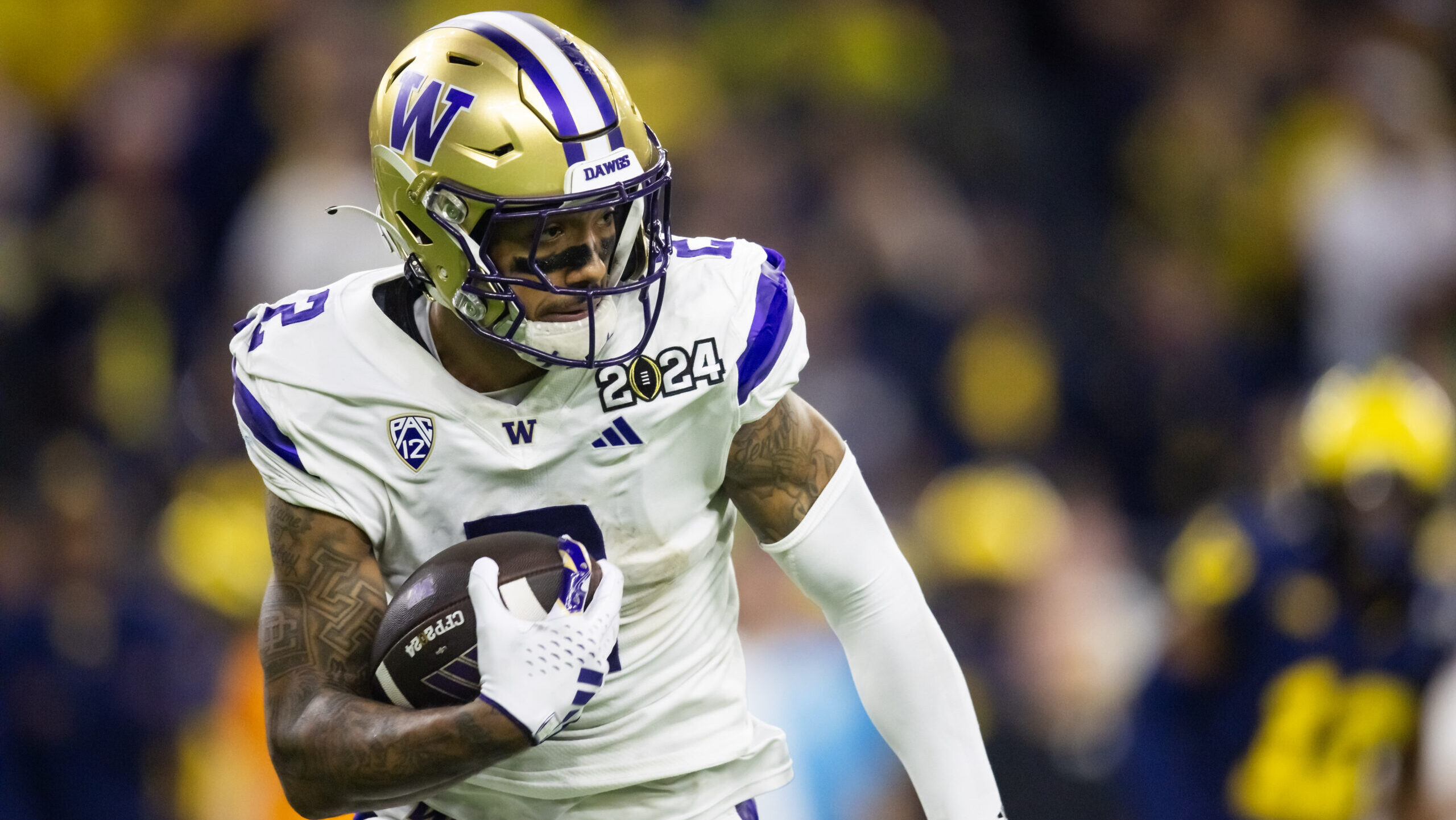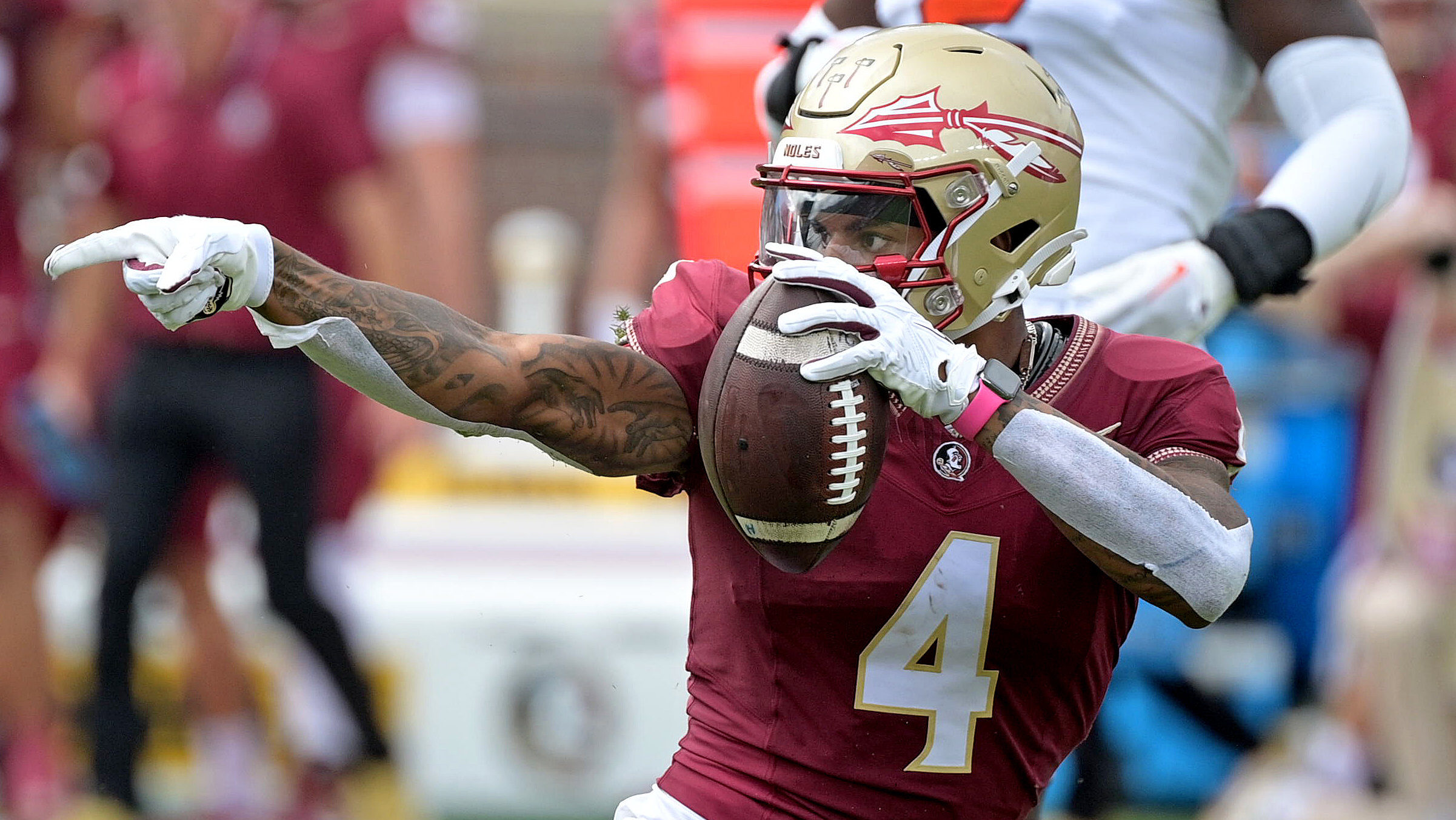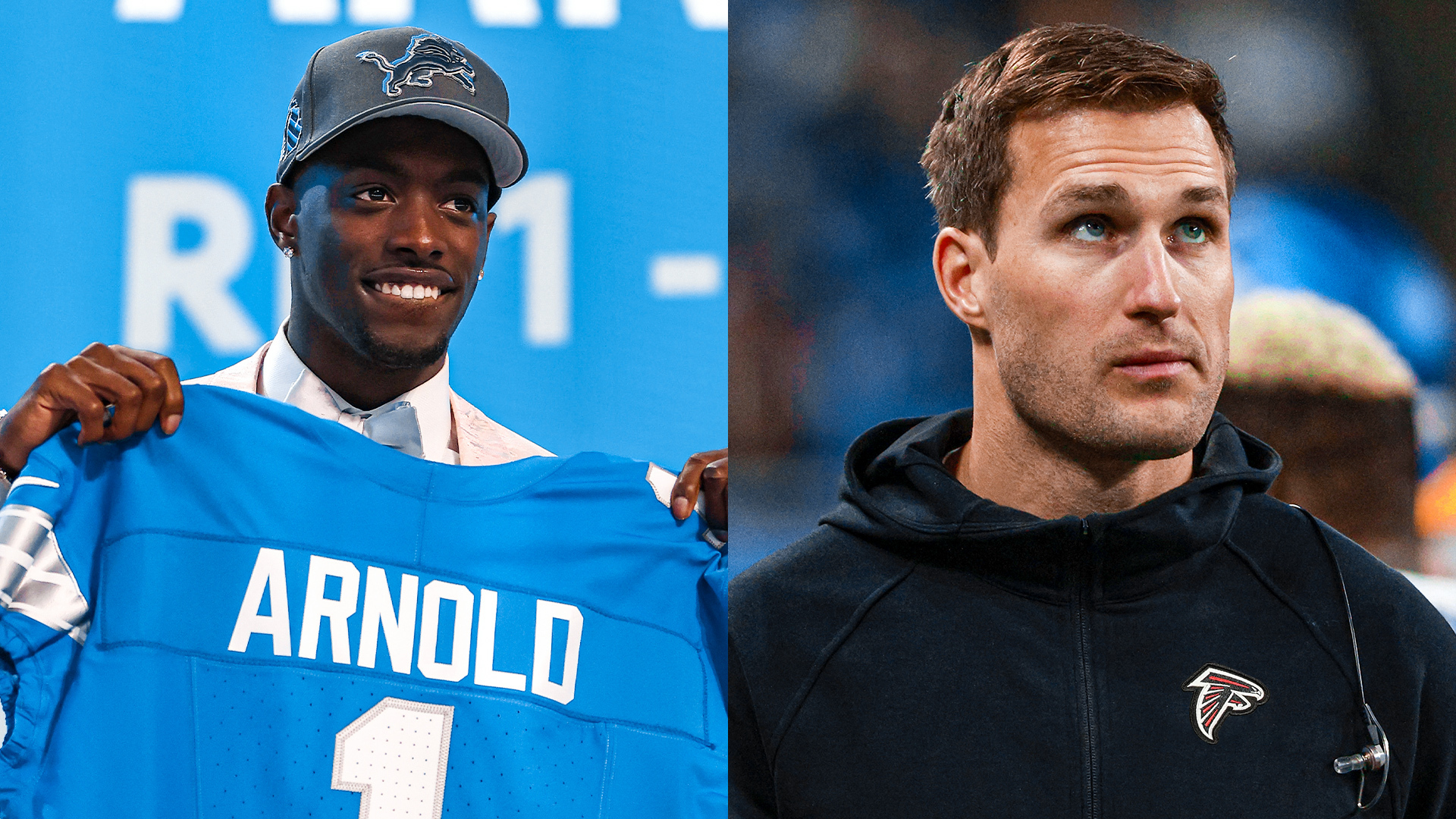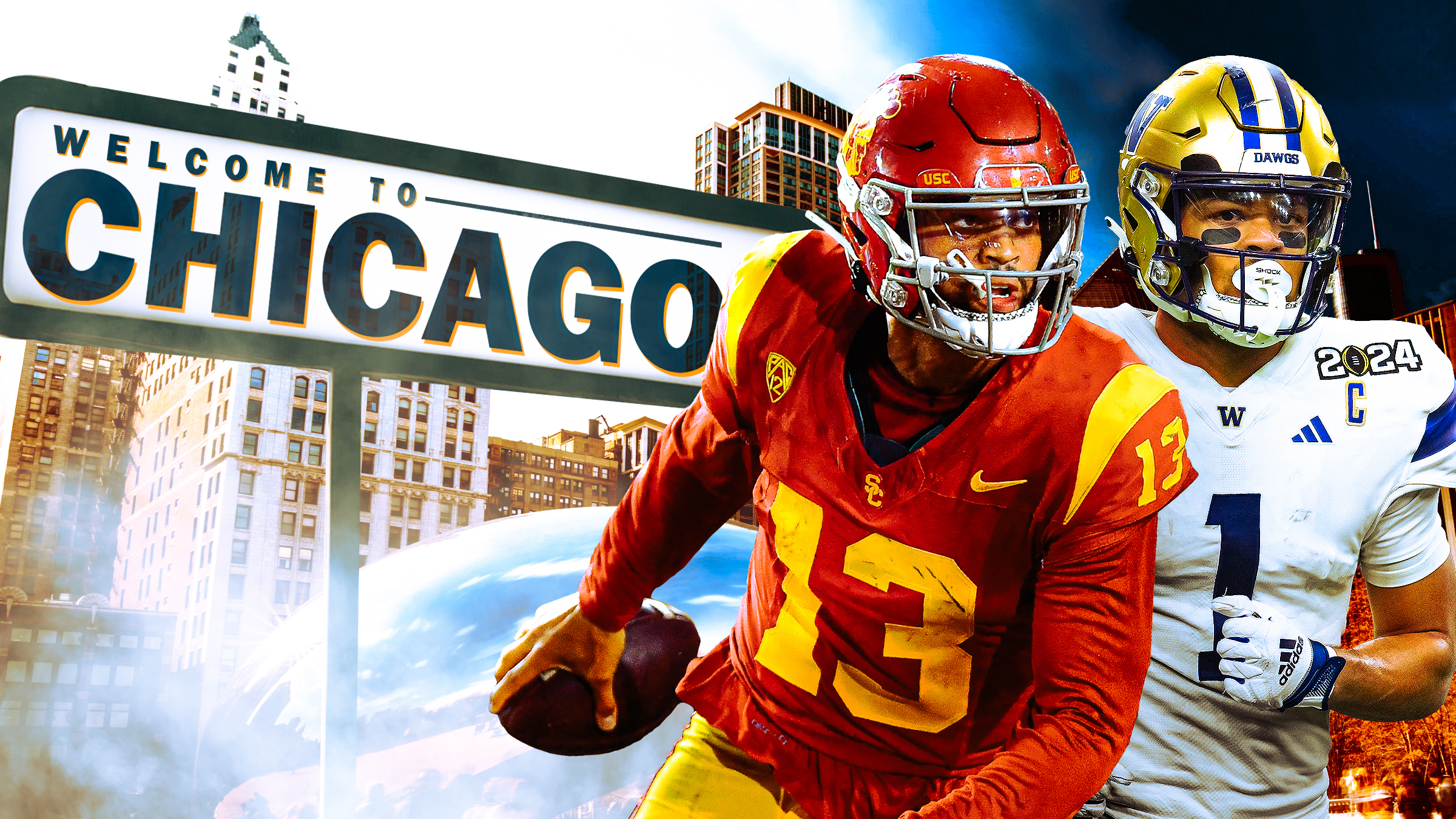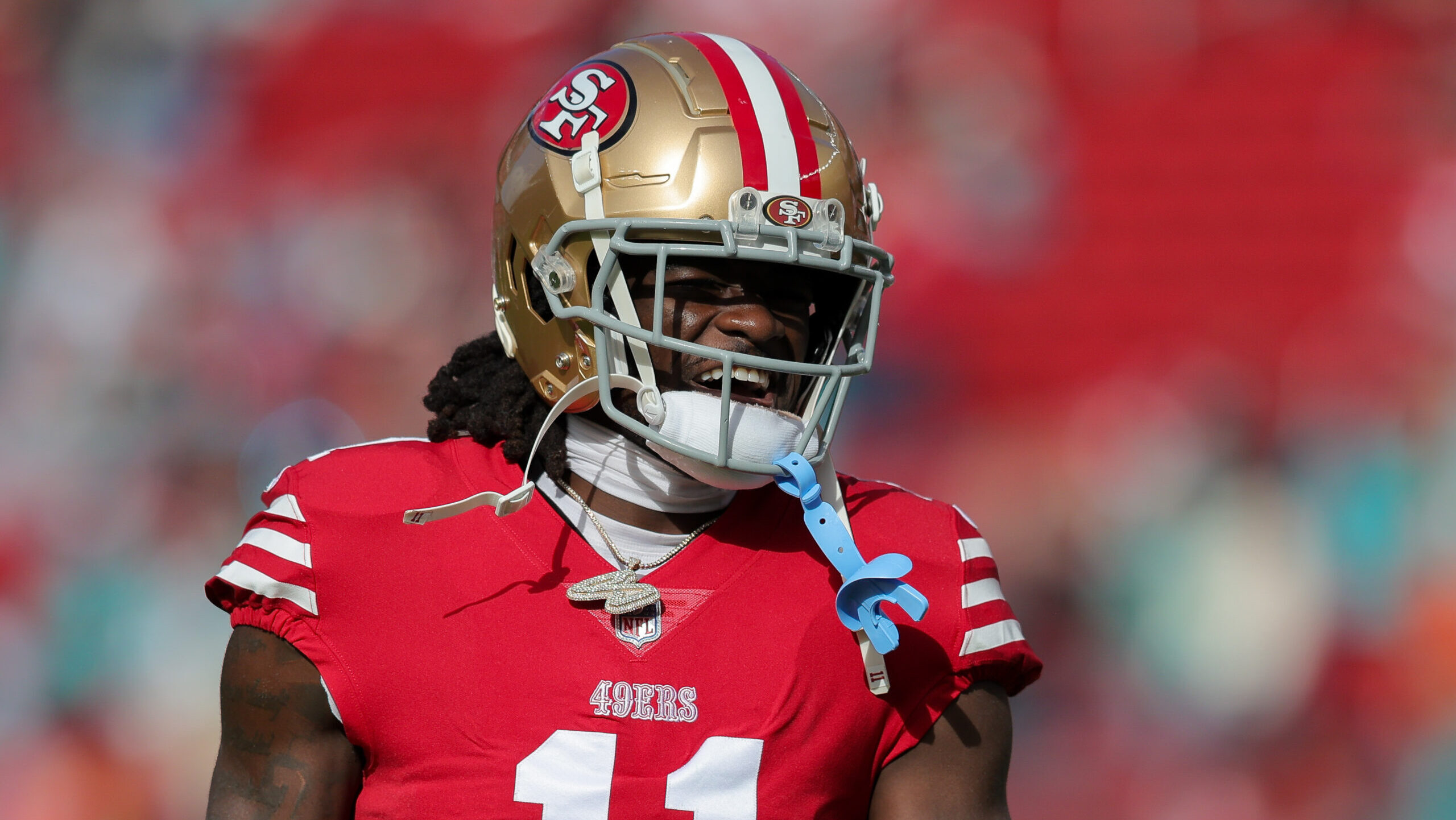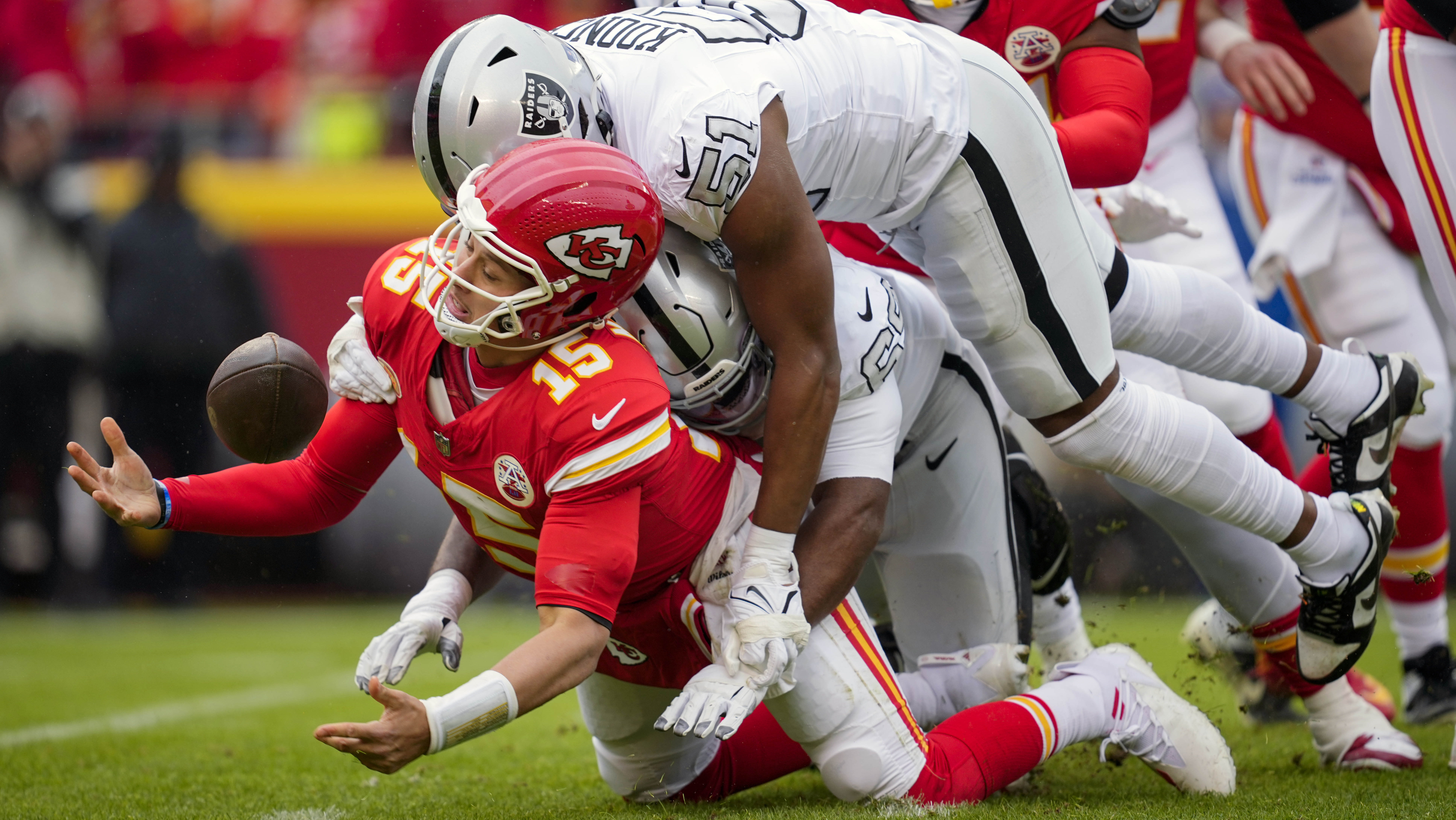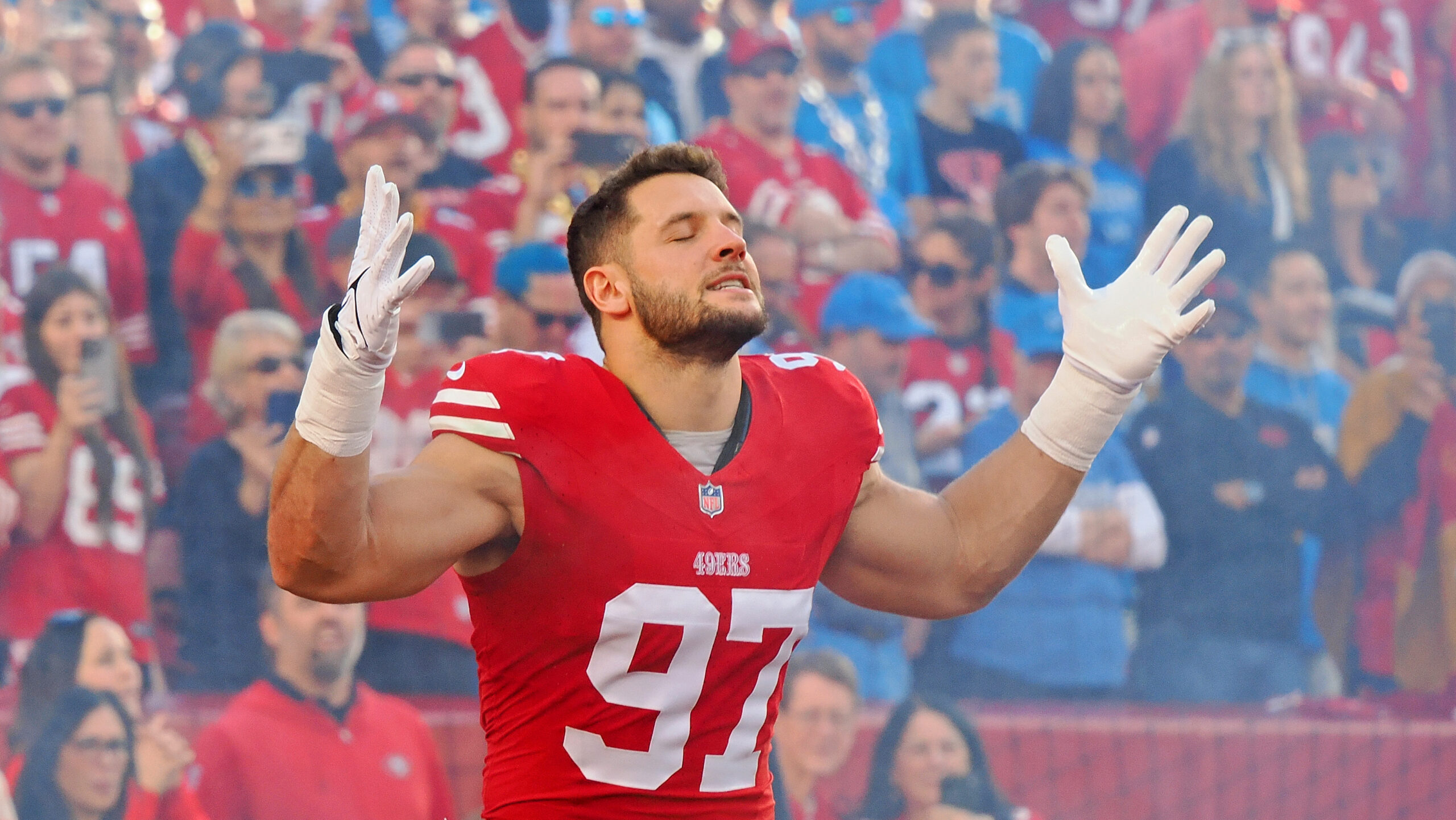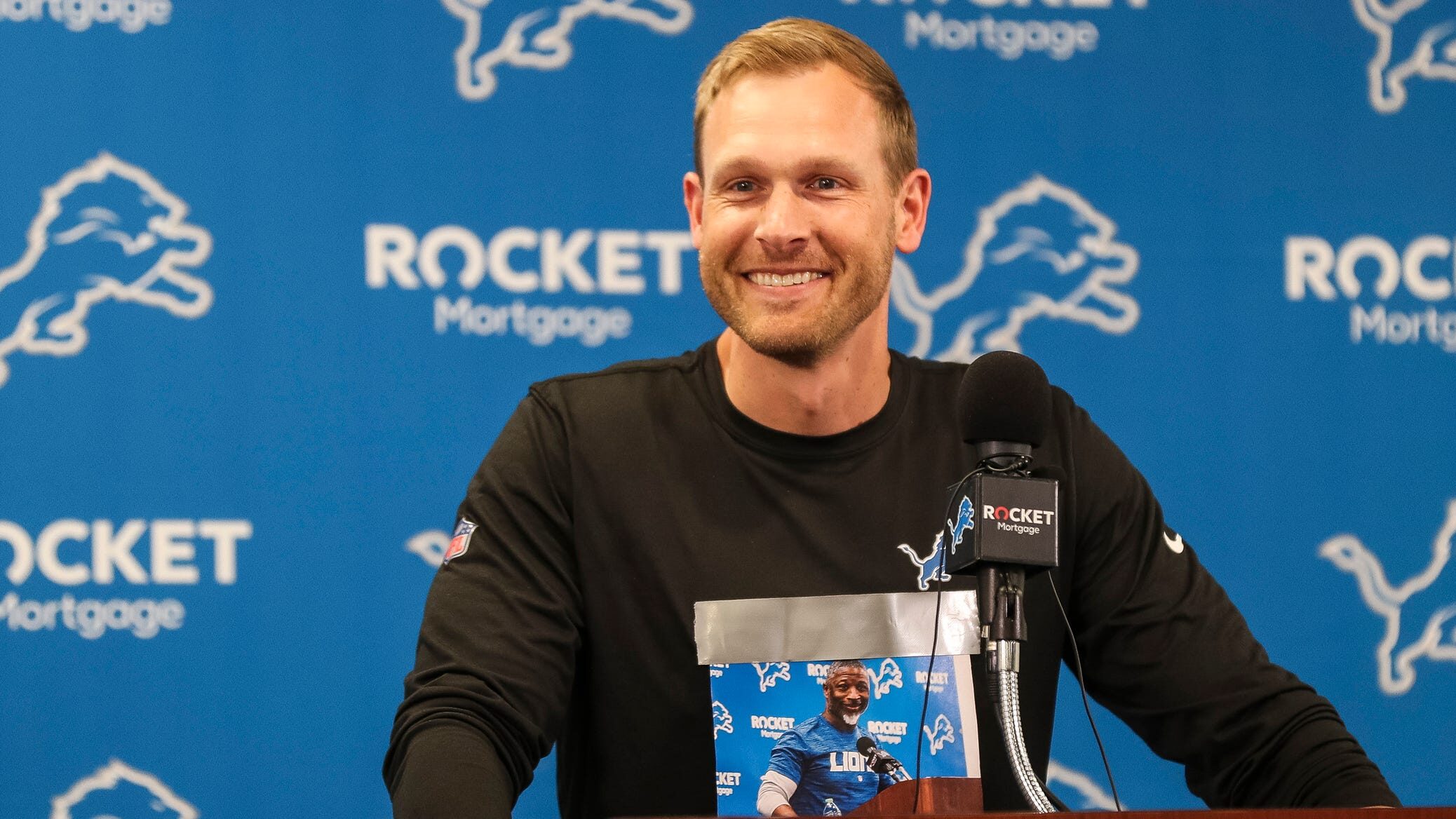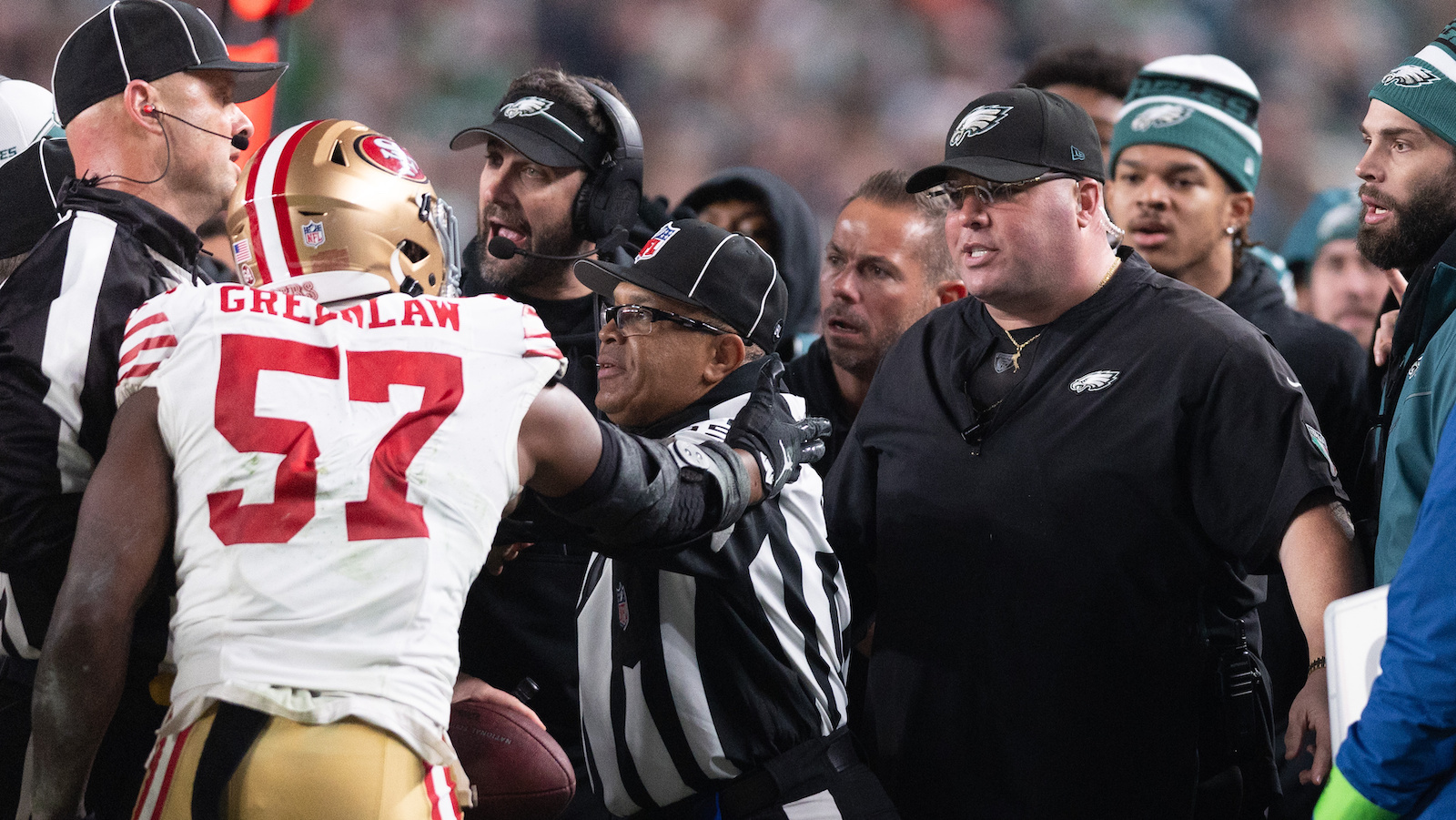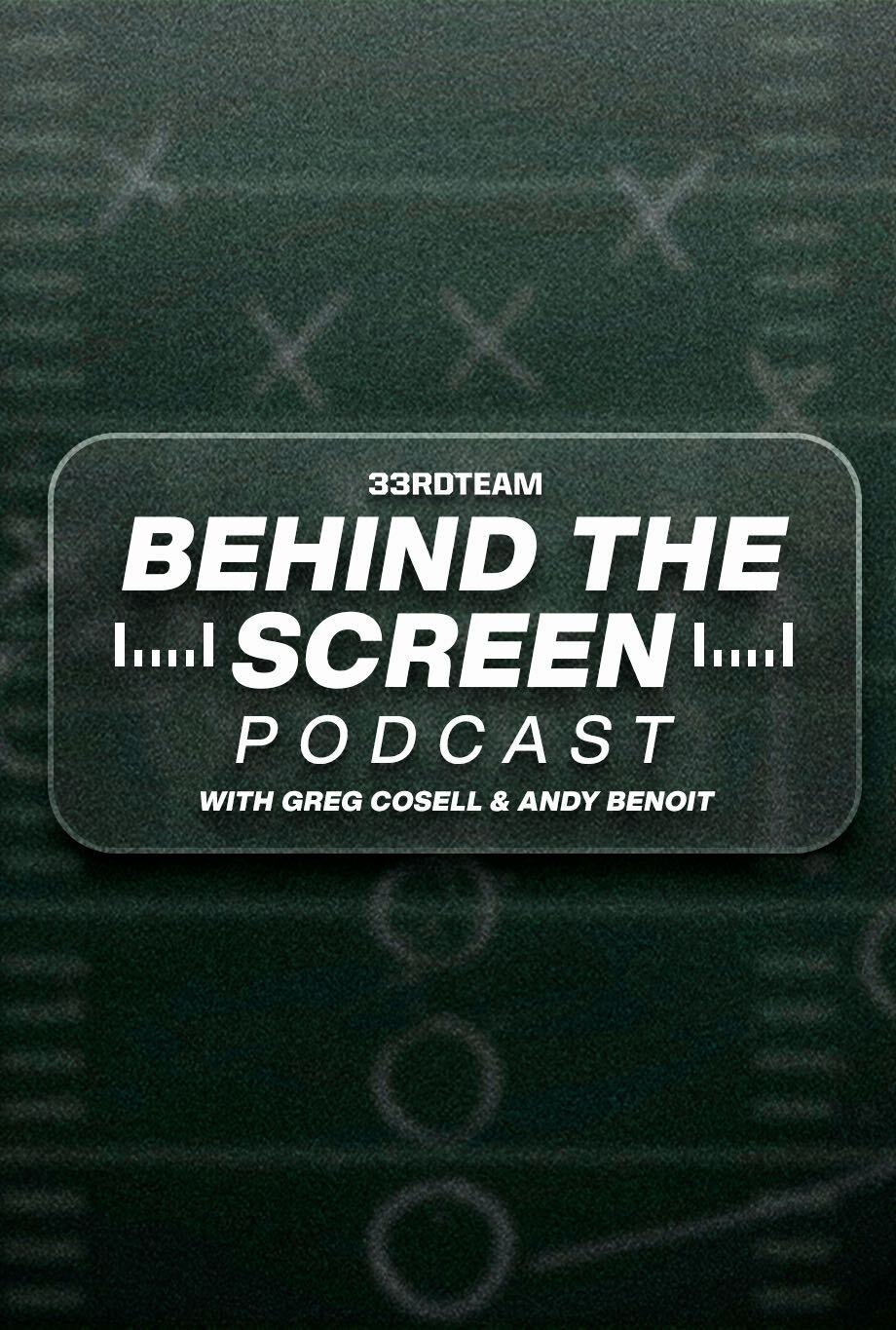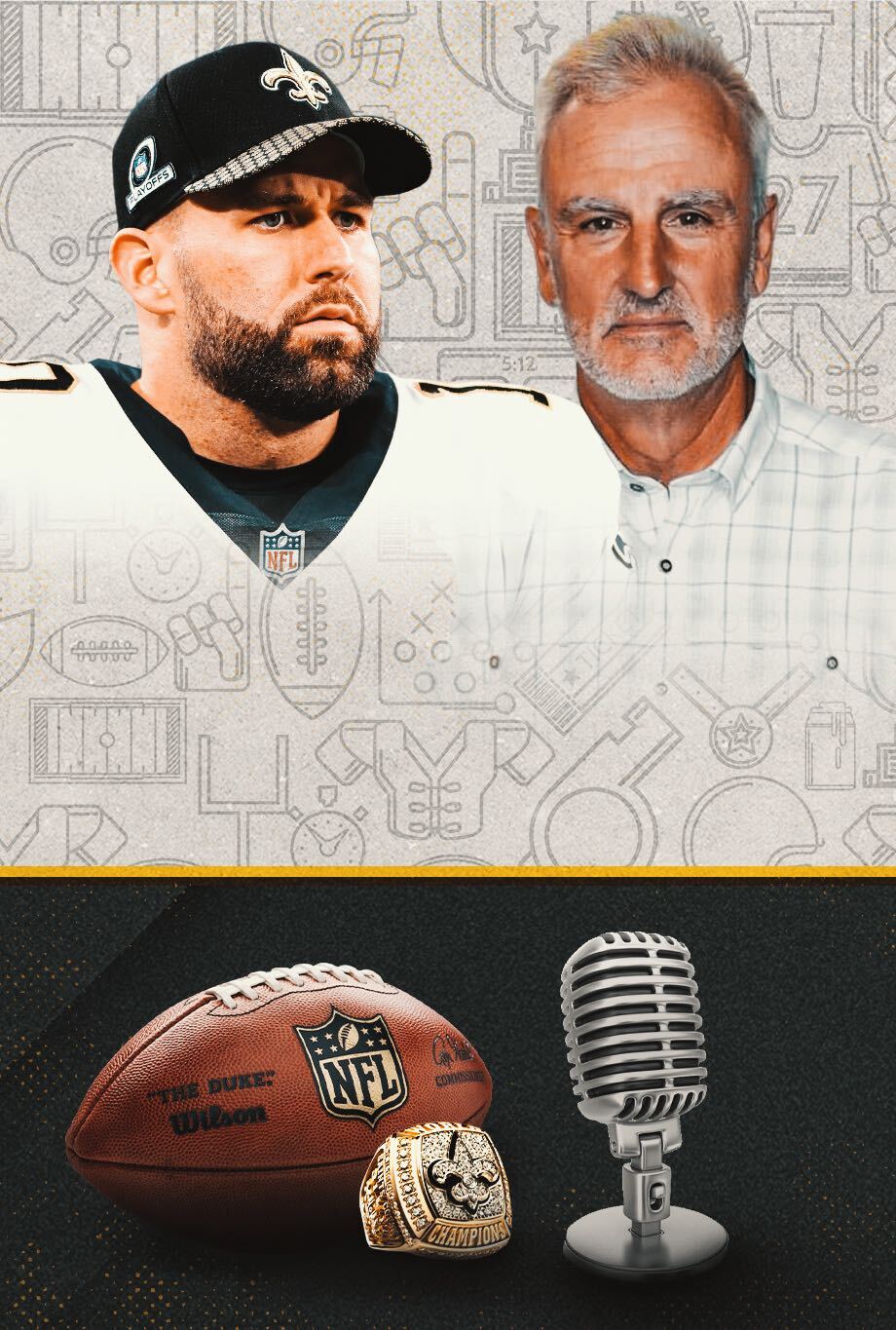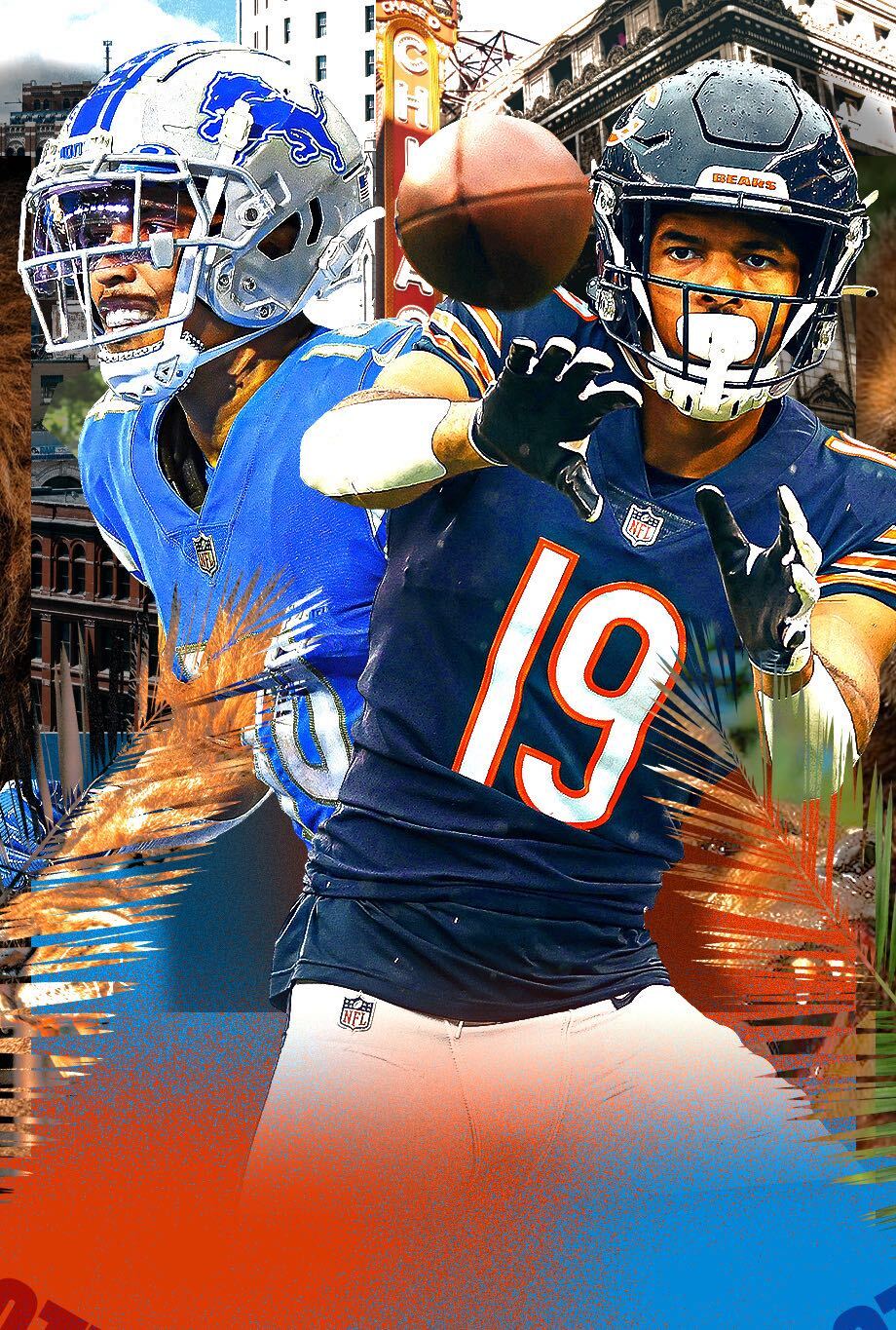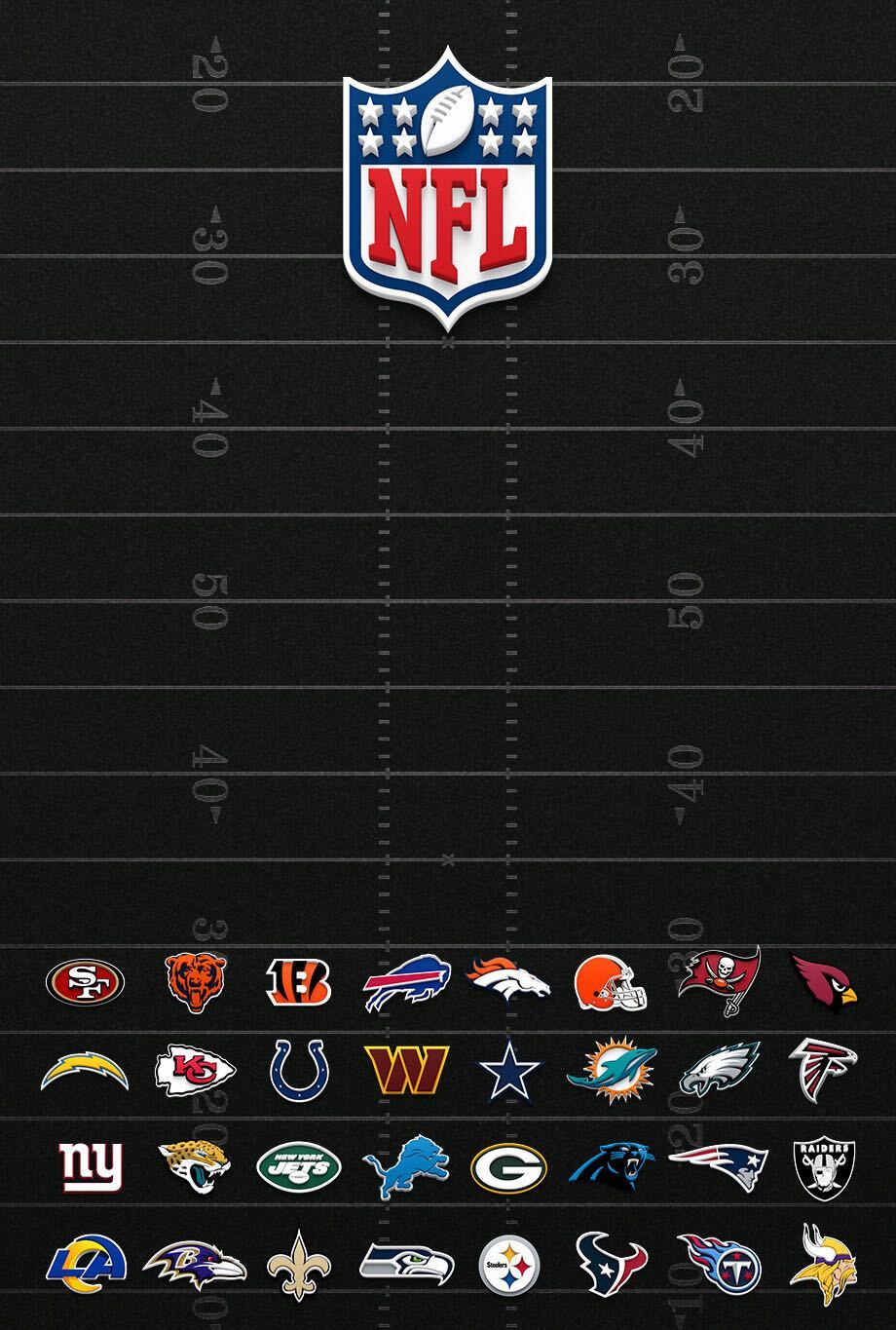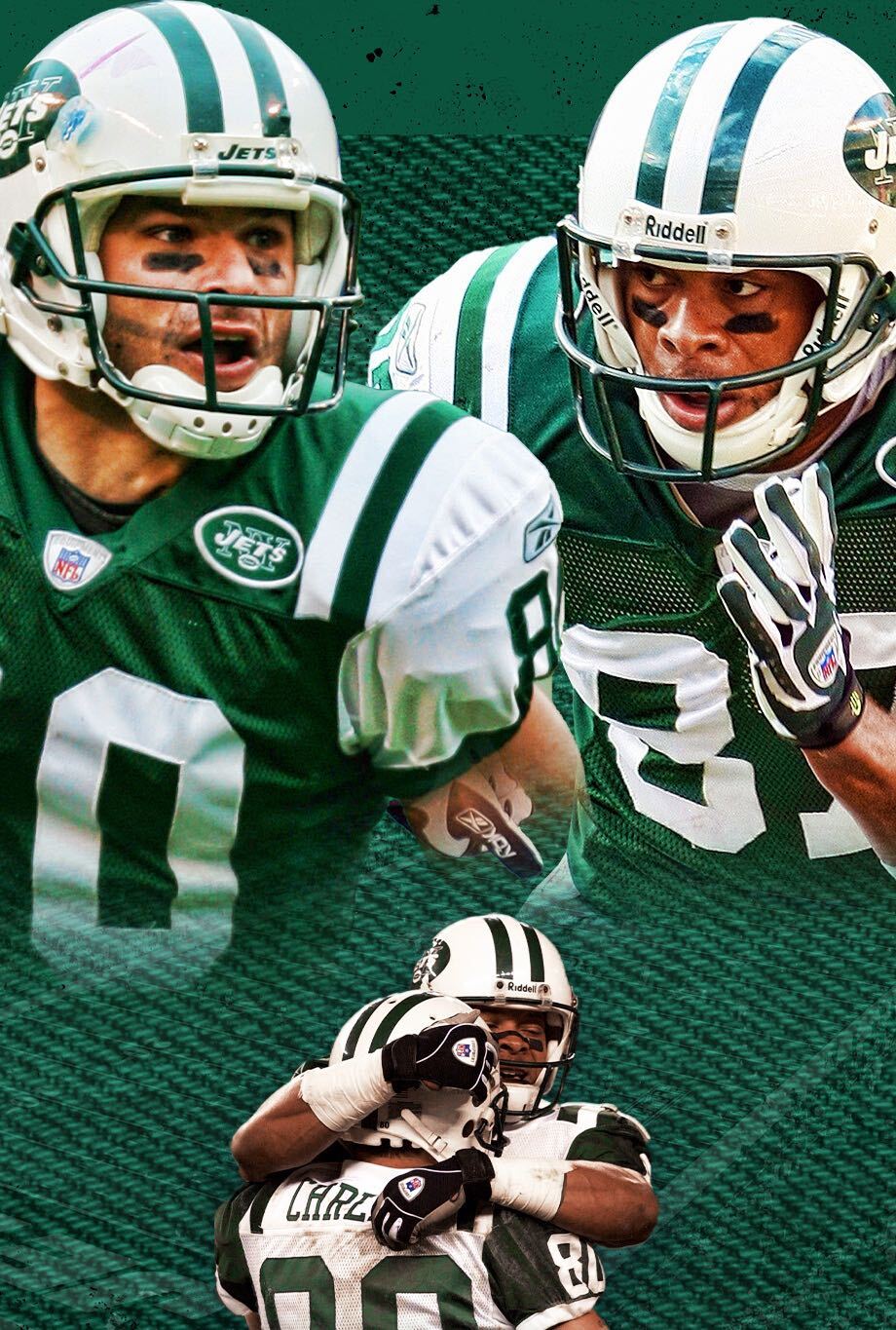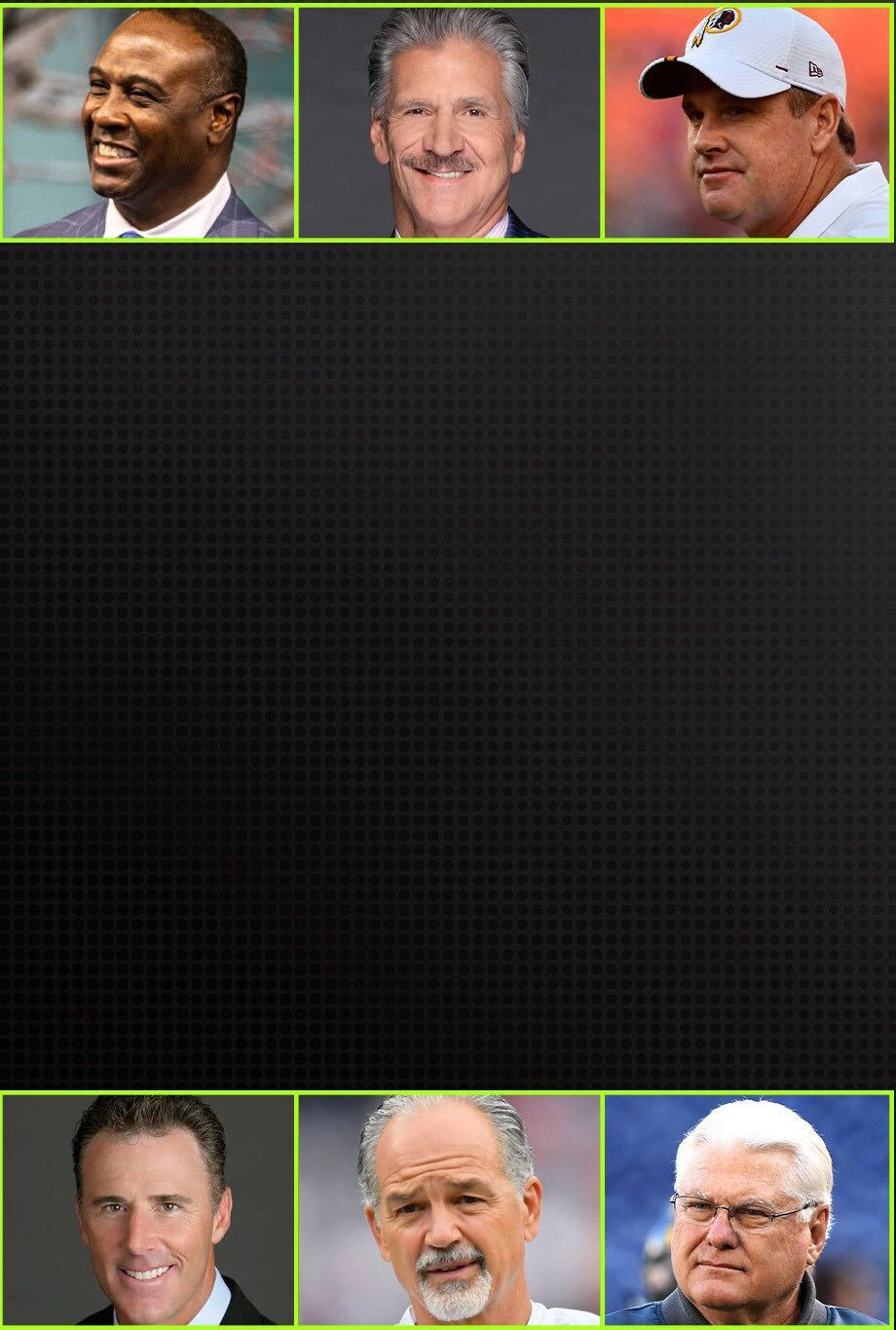2023 NFL Draft: Best Landing Spot for Ohio State's C.J. Stroud
Analysis 3/27/23
This is part of a series on the best fits for the 2023 NFL Draft's top four quarterbacks.
>> Others in Series: Bryce Young, Anthony Richardson
For years, I’ve mostly been on the other side of all things draft projection — teeing up conversations about where players should be ranked, what positions a team needs to prioritize and the specific player they ought to select in the first round.
My host role landed me in the middle of all kinds of draft conjecture, next to some of the best of the best in the business, from Mike Mayock to Charles Davis to Daniel Jeremiah to Chris Simms to Peter King. Guys I respected and enjoyed working with.
They all understood the business and knew predicting and mocking was part of the job during draft season, but each also proceeded into those waters with their own degree of trepidation. They knew the slippery nature of getting picks “right” while also being aware some would hold them accountable for their selections, given props or demerits, depending upon accuracy on draft night.
Any time it made sense for me to offer friendly counsel, I would tell them this wasn’t about the number of their picks that turned out to be right. It was about the logic that went into making that “selection.” If they could articulate knowledge of a team’s roster and tether it to a prospect’s strengths, then lay out why that pick would make sense for that team, they’d win the mock draft game. The real fan wanted thoughtful draft discussion, not an ultimate test by which they could keep score.
So now I turn that advice upon myself, with a focus on four quarterbacks who have separated from the rest of the class: C.J. Stroud (scouting report), Bryce Young (scouting report), Anthony Richardson (scouting report) and Will Levis (scouting report).
Stroud had his pro day last week, so the series will start with a focus on him.
This won’t be so much a mock draft or a prediction of where Stroud will end up but more of a look at the QB-needy teams and which landing spots would be best for him. This is about “fit” and which team-QB marriages make the most sense given there are a handful of quarterback-needy teams picking in the first half of the first round.
Stroud's Most Logical Landing Spot
My favorite quarterback in this class is Young, and he would be my pick at No. 1.
However, there is a world of good in Stroud, and I view him as more of a 1A to Young than a distant second. That was the case a year ago with Kenny Pickett as the No. 1 and the rest of the field as a collective 1A. When looking for tiebreakers for the Carolina Panthers, Stroud makes sense for a couple of reasons.
Why Panthers Make Sense
Frank Reich’s history with bigger, pocket-type quarterbacks has become one of the most popular narratives of this year’s pre-draft process and a reason to align him with Stroud instead of Young. It’s approaching overdone status for some. That's too bad because that fit is a relevant way to connect the dots when considering what quarterback lane the Panthers will choose next month.
We are all creatures of habit, and each of us leans on comfort and familiarity when searching for conviction with major decisions. There have been plenty of reminders during the past couple of weeks about Reich’s history of being surrounded by 6-foot-3 or taller quarterbacks who primarily made their living from the pocket.
One way to drill down a little further is to pick out a couple of those physically similar quarterbacks who played at the highest level with Reich at his side. His Buffalo Bills teammate Jim Kelly in the early 90s and Andrew Luck with the Indianapolis Colts in 2018, during their one season together as coach and quarterback, stand out.
Twenty-five years separated those two examples, and the league changed a lot in that time, but both of those quarterbacks excelled in similar ways: They processed information quickly at the snap and consistently executed the intermediate-to-deep-passing game that leveraged the defense's weaknesses.
Think about Stroud at his best at Ohio State. His ability to recognize where the ball should go and get it there in a timely, accurate fashion was tremendous. He had every level of layered throw in his bag and pulled each one out with ease, time after time.
I called Ohio State’s opening game vs. Notre Dame and saw his recognition and processing skills firsthand at a defining moment of a one-score game.
Trailing 10-7 late in the third quarter, Ohio State had the ball on the Irish 24, facing third and 11. Knowing third and medium to third and long are heavy blitz opportunities and seeing Notre Dame’s two safeties cheat closer and closer to the line scrimmage in the seconds before the snap, Stroud knew just what to do.
While a defense can be commended for calling this type of aggressive blitz, they’re also vulnerable for having run it. If both safeties in a two-deep defense rush the pocket, who’s left in the middle of the field? Nobody. If the blitz doesn’t outnumber the protection and quickly reach the quarterback, the deep middle is vacated.
Stroud spotted the opportunity before the shotgun snap hit his hands, planted his back foot and delivered a touchdown strike with ease. Pitch and catch, on what turned out to be the defining play of the game, thanks to Stroud’s recognition and subsequent reaction.
Reich has seen versions of that before from the sidelines in Buffalo and Indianapolis.
Kelly wasn’t a runner at all, but Luck was pretty darn good that way. He didn’t make a living out of the pocket, but he wasn’t a stranger to finding success that way, often in critical moments. It’s easy to imagine Reich evaluating Stroud’s running and scrambling abilities, recalling Luck’s moderate success on the ground, and seeing a parallel.
I also like that Carolina’s QB coach is Josh McCown, an NFL quarterback as recently as 2019, who wound up playing with nine different teams. He stuck around for 16 seasons because he was a terrific athlete who made a habit out of adapting to new offenses. The way he played, plus the way his journeyman status forced him to be a quick study of many types of schemes, would benefit Stroud.
While it’s easy to connect the dots from Reich and McCown to Stroud’s possible fit in Carolina, let’s acknowledge that a decision this significant — what quarterback to select with the first overall pick — goes way beyond the coaches. The Panthers’ GM, Scott Fitterer, and owners David and Nicole Tepper, who were present at Stroud’s pro day, likely will have more say than Reich.
It’s hard not to consider the inherent risk involved with picking a quarterback at No. 1 and how that risk is magnified by trading away significant draft assets and personnel to obtain that first selection, as Carolina did. It would be understandable if Carolina went with the “safer” of two quarterbacks who each exhibit a number of wonderful qualities.
Stroud physically looks more like the top quarterbacks in the league and has outstanding — and traditional — tape at Ohio State. If a team is looking for a tiebreaker between him and the sub-6-foot Young, leaning into the prospect perceived as “less risky” is possible.
There is no reason to believe any of the plausible decision-makers in Carolina are risk-averse. I have a couple of decades of watching teams operate with top picks and observing that more often than not, the more conservative route can lead to a sense of comfort in the weeks leading up to decision time.
That makes it easy to picture a scenario where Stroud is not only a strong fit with the Panthers’ coaches but also with the entire organization.
Paul Burmeister, a former starting quarterback at Iowa, is a studio host with NBC Sports and the radio voice of Notre Dame Football. For a decade he worked as a studio host at NFL Network. Follow him on Twitter at @PaulWBurmeister
